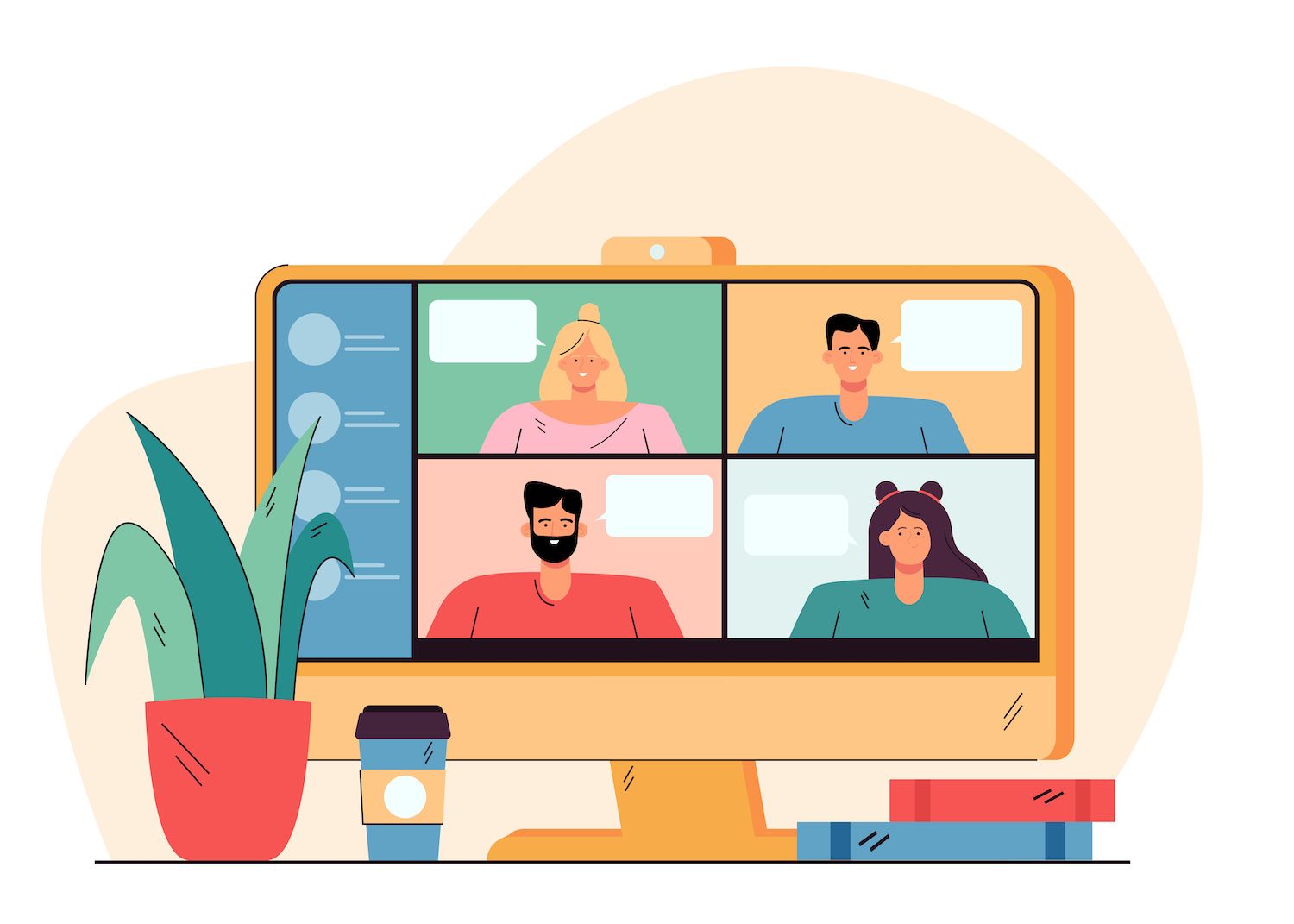SEO for Bloggers how to make money from your Readership
After you've had your blog up and running for quite a time and gained a following, you may be asking yourself, what's next? What can I do to make money from my blog?
The data shows that around 1/3 of bloggers employ monetization strategies. Advertising and affiliate marketing are popular approaches, but you can also incorporate eCommerce functionality to your blog. This can be even more exciting and lucrative -- especially for creative or entrepreneurially-minded people -- and can help grow your reach.
Do you have a blog on nutrition? Why not write a recipe eBook, offer online cooking lessons, or even sell subscriptions that offer exclusive benefits? You could even take this another step, and sell virtual consultations online or even physical items.
There's no "one-size-fits-all" method in this case, and that's the thing that is so fascinating about it.
What bloggers can do to harness the potential of eCommerce
In many cases, websites create blogs to draw readers from their target audience. They use it as an advertising strategy to boost search rankings and gain credibility with the people who are most likely to become customers.
If you're a blogger you've already overcome one of the most challenging obstacles in eCommerce marketing. You're an expert content creator and you're already attracting an audience that's grown to respect your work as well as your views. Whether you've been blogging for 10 or one year years, your readers already show enthusiasm -- which is half the battle.
What are the products bloggers can sell?
Here are some suggestions to monetize your blog:
- Sell guides or eBooks. It's a great opportunity to increase the value of your biggest resource -- your content! What are your most popular content? What can you do to incorporate these into a complete tutorial? For example, if you're a woodworker, you could take ideas from your top ten posts and create "The Beginners Guide to Woodworking," featuring a wealth of new images, examples, FAQs as well as resources. Develop something that is valuable to those who already love your content, and they'll support you.
- Offer accessibility to communities online or forums. Your readers will have an opportunity to engage with each other, ask questions, and create a a community around your brand. Think of this option as your very own social media site, but with more flexibility and control. If you have a blog on raising toddlers, for instance, you could open up an online forum for parents who follow your blog. You can share ideas for summer fun and school lunches, learn by sharing their experiences as well as have the opportunity to get in touch directly with the parents you have!
- Sell consultations or online courses. Now that you've built an engaged, loyal group of followers, many would be willing to purchase a more in-depth dive into your area of specialization. For instance, you could offer photography training courses, for instance, or personal workout coaching.
How to add an online store on your blog?
Are you ready to start? Let's look at how you can add an online store on your blog. If you're already using WordPress and you've already just one step ahead!
1. Determine what product to offer (and how to deliver it)
We've looked at a variety of examples for monetizing your blog. it's time to decide which one is best for your needs! It will obviously, impact all of the options you choose to make from this point from now on.
First, consider your target audience. What would they find the most beneficial and what should they most likely be interested in paying for? Take a look at the kind of content they consume and what products they are using currently. It is possible to connect with the people on social media, or email your list with a survey to get their opinions directly.
If you opt to adopt tips, create an online forum, create online classes, or provide various other products that are digital You won't have to worry about things like inventory management or shipping. However, you'll be required to determine which tools you'll need. If, for instance, you want to create online courses, you could make use of a software such as the Sensei LMS with to build those courses , and offer these to your students.
However, if you're selling physical products but not physical items, you have to be able to determine how you'll get them in the hands of customers. It's not always necessary to take care of inventory and shipping yourself, though. There are two great alternatives for bloggers:
2. Install
Additionally, you'll be able to develop and manage your store with the same tools and dashboard that you're familiar with.
To install :
- Go to Plugins - Add Newin your WordPress dashboard
- Find forfor ""
- Select Install Now to activate

3. Include products
The way you add your products is similar to how you create blog posts. The process varies a bit depending on the kind of item you're offering. Here are a few instances, along with specific guidelines on each of them:
4. Connect a payment gateway

5. Start preparing shipping
If you're sending physical items then you'll have to determine how to charge for delivery as well as the methods for shipping products. Are you looking to provide no-cost shipping or charge a fee? Do you want to send packages using USPS, FedEx, or any other service? How much will it cost you to mail each package?

6. Extensions can be added
Here are a couple of great extensions available for bloggers:
And those are just a few of the options that are available! The extensions marketplace has tons of powerful tools that help with everything from marketing and designing to taking payments.
7. Spread the word!
When you've set up your store, you'll have to get the word out to people around you. It's good to know that you don't need to be a salesperson in order to do this. You shouldn't even need it! Create a blog post that announces your new services and talking about how happy you are. Share some behind-the-scenes photos of your process. Make an announcement on your list of email addresses.
In general, however it's best to offer your online store to your regular readers, and be casual about mentioning things when they naturally fit into the content. Add a link to your footer to solicit donations, or make a post about an coming adventure, and invite for donations if people would want to get involved. Add a photo of you wearing your T-shirts or share a story about someone exciting who just joined your group. You don't want to push sales at the cost of the thing that has brought you great the most success thus far -- your great content!
Are you ready to take the exciting journey and get into the many possibilities that come with blogging and eCommerce? Start now!
